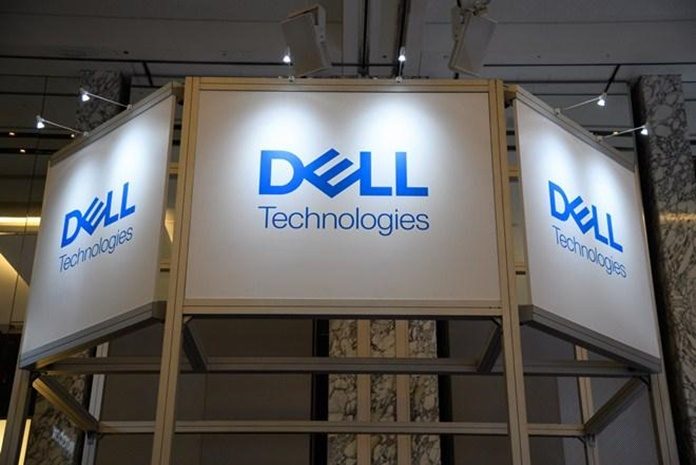Businesses across sectors have been impacted gravely in the current times. While some found it slightly easy to transition to remote working, for others, this overnight digitization journey was a difficult decision due to factors like financial resources, IT readiness etc. However, as organizations across the board have been trying to stay competitive in a dynamic market, they realized that IT is an essential backbone that will make them successful in their digital transformation journey.
In the future, as businesses continue to rely heavily on digitization as well as focus on adopting new-age technologies like AI, IOT etc. they would need to transform their legacy IT into modern infrastructures. The inability of organizations to meet their growing IT requirements may result in frustrated customers, which in turn can lead to higher costs and ultimately risking a crucial opportunity to leapfrog the competition. Since servers form the bedrock for the modern datacenter, it will continue to play a crucial role in driving digital transformation for both large and small organizations. Considering all of this, organisations need to be aware of and adopt three key trends in computing that have the potential to change the world as we know it:
● Workload Centricity – Over the years, the role of IT has become dynamic in nature in order to support and create new business models as well as become the flag bearer of innovation. To achieve these goals, organisations are deploying new-age workloads at an ever-increasing pace. In order to extract maximum value from these workloads, it is critical to adopt workload centric server architectures
● Adoption of accelerators – With data becoming the new oil, businesses are relying heavily on data-driven insights to help them meet the ever-growing demands of the market. To do so, compute needs to be closest to data and should also have the ability to analyze large quantum of data in real-time. The power of accelerators such as Graphic Processing Units (GPUs), Field Programmable Graphic Arrays (FPGAs), Intelligent Processing Units (IPUs) etc. needs to be inbuilt into the server architectures in order to meet the rising demands of businesses
● Edge Computing- Edge computing has the power to bring computing close to the source of data which can reduce latency and bandwidth use. It requires running fewer processes at the core and moving the same to the edge where physical world translates into streams of data. As the demand for edge computing increases, the demand for new server architectures will also increase which will be critical to providing the required performance and resiliency
With wide acceptance of concepts like automation, security and seamless connectivity, there is no doubt that the pace of innovation in the server industry is certainly going to increase over the next couple of months. Thus, for Indian organizations to stay ahead of their competition in the future, deploying a modern, flexible and modular server architecture will become necessary.












very good